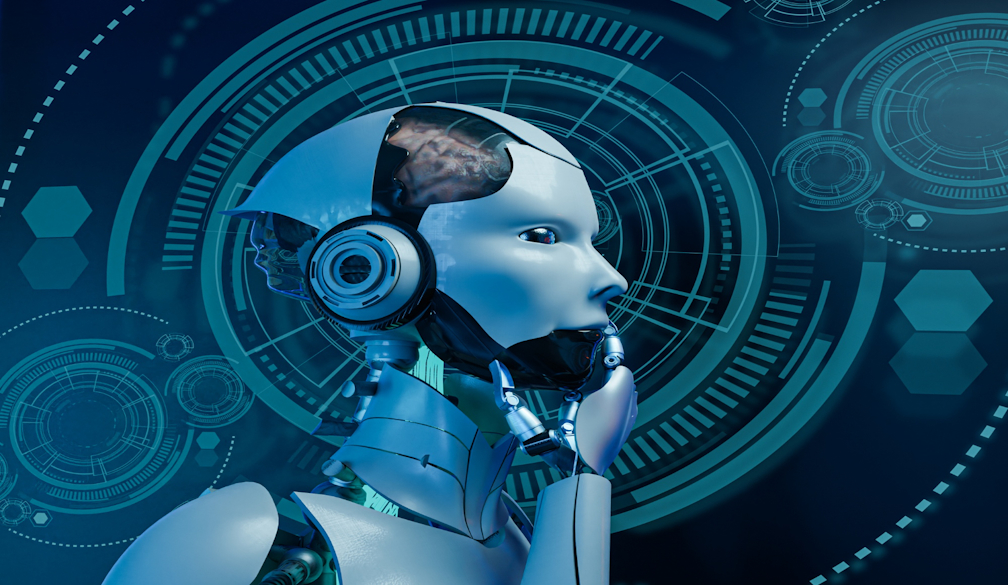The Rise of Robot Trading in Financial Markets Introduction to Robot Trading

In the quick-paced world of financial markets, robot trading, sometimes referred to as algorithmic or automated trading, is a technical revolution. This novel approach to trading ushers in a new age in finance by utilizing artificial intelligence and algorithms to make deals quickly and efficiently. We will explore the complexities of robot trading in this investigation, looking at its historical foundations, workings, and effects on modern finance dynamics.
Technological advancements in processing power and computational methodologies drove their creation, allowing for the quick examination of large datasets in milliseconds. This technology breakthrough exceeded human capacity and completely changed the financial trading industry.
The Mechanics of Robot Trading:
Fundamentally, robot trading uses algorithms to scan market data, spot trends, and automatically place trades. These algorithms are made to react quickly to changes in the market, taking advantage of opportunities and reducing risks in ways that may be difficult for more conventional trading strategies to accomplish. The algorithms can be designed to carry out a wide range of tactics, from straightforward operations like placing trades at the best prices to intricate plans including statistical arbitrage, trend analysis, and even sentiment monitoring of news and social media.
One key benefit of robot trading is its speed of execution. Robots can take advantage of transient market inefficiencies by executing transactions in milliseconds by utilizing high-frequency trading (HFT) methods. This high-speed capabilities is especially helpful in markets like foreign exchange where timing is critical.
Advantages of Robot Trading:
- Efficiency and Speed:
Robot trading moves at a pace that is unfathomable to human traders. This speed is essential for taking advantage of transient market inefficiencies and reacting quickly to shifting market dynamics.
- Emotionless Execution:
Algorithms are immune to emotions like greed and fear, in contrast to human traders. They can execute trades solely on the basis of pre-established criteria thanks to this emotional detachment, which lowers the possibility of making erroneous decisions.
- Backtesting and Optimization:
Prior to being implemented in real-time trading, algorithms can be thoroughly evaluated on historical data to make sure they are effective. Through optimization and refinement made possible by this backtesting, the algorithm's
- Risk management:
Complex risk management procedures, such as establishing stop-loss orders and position size plans, can be incorporated into automated trading systems. By doing this, possible losses are reduced and capital performance is maintained over time.
Challenges and Concerns:
- Efficiency and Speed:
Human traders cannot keep up with the speed at which robot trading operates. This kind of speed is necessary to capitalize on momentary inefficiencies in the market and respond swiftly to changing market conditions.
- Emotionless Execution:
Unlike human traders, algorithms are not affected by emotions such as fear or greed. This emotional detachment allows them to execute trades based only on predetermined criteria, reducing the likelihood of making bad selections.
- Backtesting and Optimization:
Algorithms can be thoroughly assessed on historical data to ensure their efficacy before being used in real-time trading. Thanks to the backtesting and subsequent optimization and improvement, the algorithm's
CONCLUSION:
The field of robot trading is expected to grow as long as technology keeps developing. Algorithms for machine learning will advance in sophistication as they learn from real-time data and adjust to changing market situations. It is also probable that regulatory organizations would take a more proactive stance in developing the moral and legal guidelines pertaining to algorithmic trading.
The interdependent interplay between human insight and technology prowess will be crucial in this dynamic environment.










